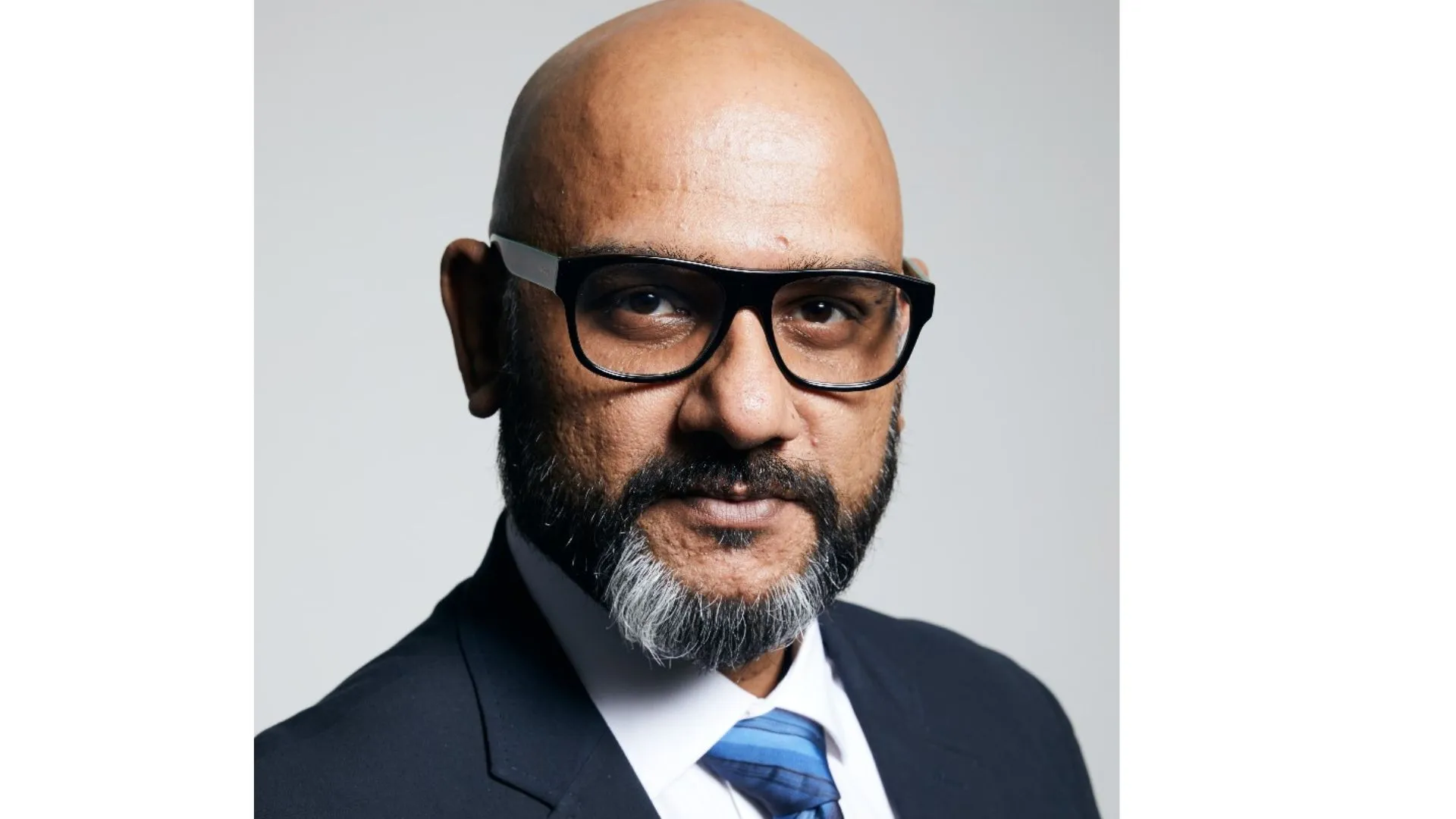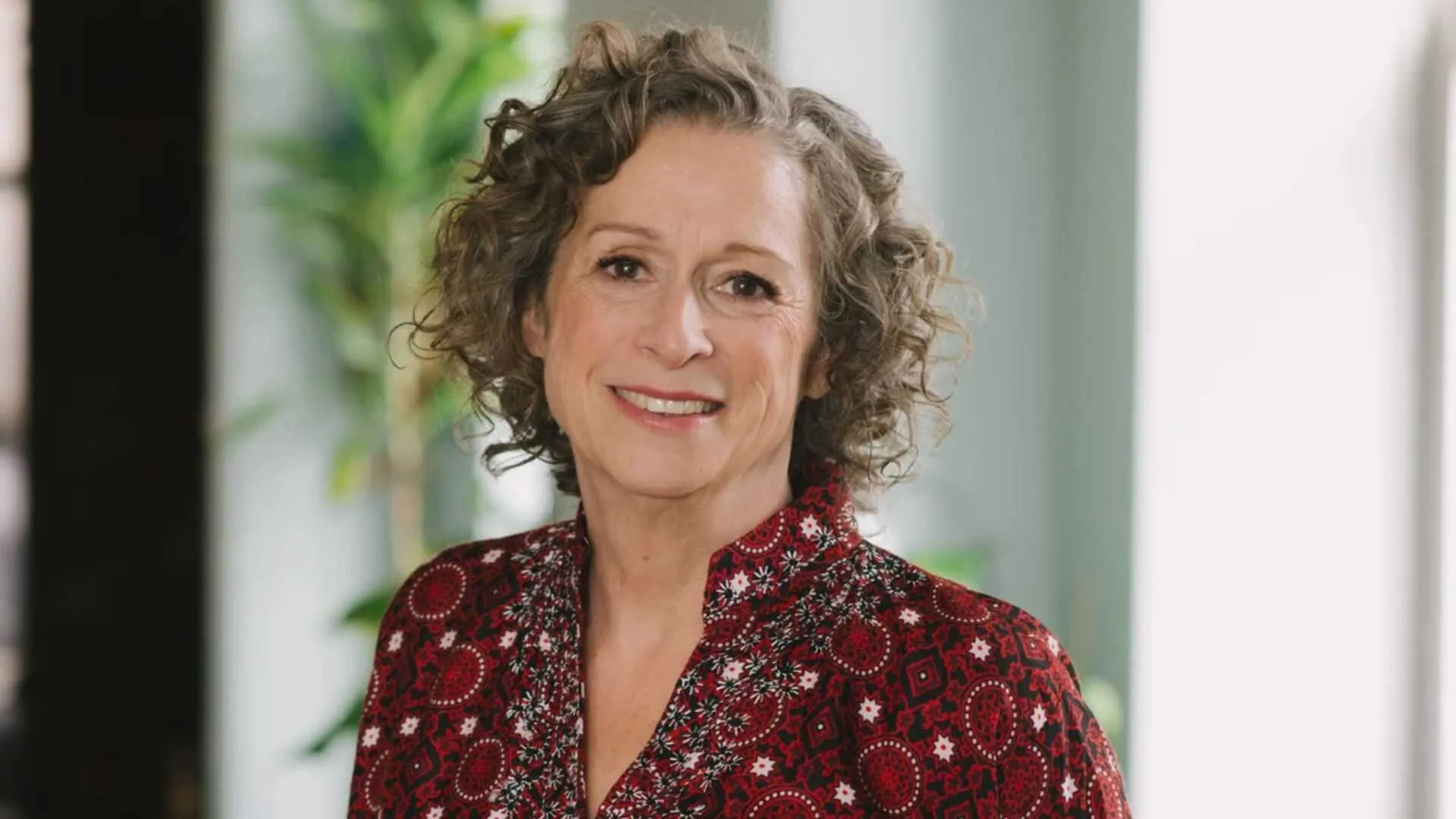The New Education Policy (2020) is the much needed change for our education system.The policy not only aims at doing away with the current practice of rote learning, but also promotes a holistic development of the child. Giving the child a balanced exposure to academics, experimenting and learning as well as co curricular activities. The policy follows a developmental psychology perspective, which means introduction of certain concepts at a certain age will entail a better reciprocity and understanding from the child. It is based on the principles of equity, access, quality and affordability. The aim of the new policy is to put India at par with leading education systems across the world.
The Right to Education, Constitutional mandate and India’s Educational Policies
In Unni Krishnan’s case, the Hon’ble Supreme Court recognized the fundamental right of every child for free and compulsory elementary education up to the age of 14 years. This was later followed by an amendment in our Constitution, with insertion of Article 21-A, making elementary education a Fundamental Right. The Parliament also enacted the Right to Children to Free and Compulsory Education Act in 2009 keeping in mind the Constitutional mandate as well as the social construct of our country. Education is a fundamental right and holds the power to give a structure to an individual, therefore, this Act made provisions to make education accessible for all stratas of society, especially at the grassroots level.
Speaking on the aspect of gender, the prime focus of majority of education policies has always been the “girl child”. It is evident because women, especially girls were in a worse position 50 years prior than today. It is not something to celebrate that we are in a less dire state, but it’s a beginning. If we view through a comparative lens, many households today don’t see girls as a burden, they want them to have a career, educate themselves although gender stereotypes still exist about women being only “homemakers” and caretakers of families, this change is indeed in a positive direction.
The Act has played a pivotal role in increasing girl child enrollment in schools. According to the data collected by the World Bank from 1971- 2013 for primary school enrollment for girl child, the statistics show that there has been an improvement since the Act was implemented. For instance, the entitlement percentage was 47. 538% in 1971 and 91.599. And looking at the statistics from 2009 to 2013 it increased to 93.027%, which is a good sign.
However, the Government policies have been focused towards retaining girl children in schools with schemes like “Beti Bachao, Beti Padhao”, which is a policy with dual goals. Improving India’s child sex ratio and improving girl’s enrollment in schools. In short, the policy aims at celebrating girl child in the country, given the cruel practice of female foeticide that is still prevalent in some parts of our country.
Questions of the “third gender” were considered too stigmatized to be discussed publicly, hence we see a lack of any policy framework at an educational level then. Today, with international awareness, social media platforms, people are initiating a discussion which has led to drafting of laws, various judicial precedents, recognition and dignity they deserve. The New Education Policy, 2020 is one of the pieces of legislation that has formally recognized gender dynamics at an elementary level, which is commendable.
New Education Policy and the pertinent question of diversity and inclusion
Coming to the aspect of gender and the new policy, I feel it will bring in more inclusivity especially for the third gender. Most importantly, it will help in debunking the prevalent gender stereotypes in the society. For instance, the policy lays down that skills like carpentry, coding will be taught from the 6th grade itself. Although it may seem like a normal course to many, but “girls” have never been associated with the art of carpentry, it has always been considered as a manly profession. By including it in the curriculum, girls will also be encouraged to take it up.
Secondly, there is a wide scope for introduction to concepts like gender at a very young age itself. Because, in Para 2.5 of the policy there is a mention of trained volunteers from different social backgrounds and parts of the society. Gender activists from all communities have a huge scope to play a role in allowing the child to understand the difference between gender and biological sex at the earliest. The child is made aware of the spectrum of gender, will not have to deal with “gender dysphoria” or conflict of gender identity, at a later and crucial stage of their life.
For instance, Ms. Kalki Subramaniam , a world renowned transgender activist , authored a book titled, “Teachers’ Guide to Gender non-conforming children.” in a regional language, for promoting better understanding of the concept of gender and how teachers can make a change in the lives of such students by being a source of support and comfort, rather than having an ignorant attitude. Many such activists can play a role in gender education. Another plus point here is that the policy also aims at reviving local languages and culture. Activists from a local region can come together, make textbooks in the local language and impart this essential knowledge, because it is the need of the hour. We as a society cannot shy away from the spectrum of gender, it is as diverse and beautiful as the rainbow. Therefore, we should aim at imparting quality gender education.
Apart from imparting gender education, we also have immense scope for introducing sex education at a young age. Education is the right key to cure any curiosity that may arise when a child enters adolescence.
Thirdly, I feel the policy focuses more on girl child and women. Given the dropout rates of girls from school in India, it aims to provide more support and comfort to girl children. The state of post pandemic education is a question of the near future, however, the pandemic has shown its effect on gender differently. In a recent study conducted by Young Lives, an organization based in the United Kingdom, found that girls from poor households were excluded from access to the Internet (a sample study conducted in Andhra Pradesh and Telangana).
In point three, the policy talks about curtailing the dropout rates at higher education levels. The statistics provided are not gender specific, but still worrisome. The retaining rates keep on decreasing with increase in educational level. The policy mentions that GER for Grades 6-8 was 90.7%, while for Grades 9-10 and 11-12 it was only 79.3% and 51.3%, respectively. A report by Times of India states that 57% of the girls drop out from schools upto Standard XI.
Why is the issue so pertinent for females? The answer lies in our socio -cultural construct itself. Even today, in many parts of India it is not deemed fit for a girl to educate herself. The stereotypes and stigmas are too many, especially at the grassroots levels. Menstruation is one of the main reasons that leads to girls dropping out. A survey conducted by Swachh India, brought to light that 23 million Indian women drop out of school every year when they start menstruating. These statistics are alarming and should act as a wake up call for the society to talk openly about pertinent issues like menstrual health. The policy further talks about the safety of children in context of drug abuse, harassment with special emphasis on girl children.
In furtherance of the above mentioned discussion, the policy also outlines the steps that the Government has to take, one of which is gender balance in admission to Higher Educational Institutions. This will allow for inclusivity at a higher educational level with lesser discrimination.
The Right to Education Act, has brought some very positive changes especially in terms of gender disparity in schooling. But critics have always pointed out the fact that Right to Education as a fundamental right exists till primary schooling years, which is also one of the reasons for children dropping out drastically after finishing their basic level of education. Therefore, secondary level education should also be brought under the purview of Right to Education as a Fundamental Right.
In terms of employment, the policy states special attention will be given to employment of female teachers. It also aims at getting equitable representation of various groups in hiring if faculty, at the higher educational level as well. India has one of the lowest Women Labor Force Participation Rates, only 23.4 % as of 2019. Therefore, the special emphasis on female employment is a given.
Fourthly, the policy specifically states that gender sensitization should be one of the topics that needs to be integrated in the curriculum. This will allow the children to develop a better understanding of the concept. Apart from this, the formation of topical clubs and groups can also be instituted for gender.
For instance ,Gender Champions is an initiative at a higher educational level, by the University Grants Commission. The aim of establishing this committee is to make educational institutions more inclusive and open to having discussions about gender and societal expectations, stereotypes attached with each gender.
Since the policy outlines the point of equitable and inclusive education at the school level, teachers can form small groups with an aim engage students in healthy discussions about issues like gender identity, menstrual health, sex education and the like. This will encourage children to become more self aware. As the teachers play a crucial role in shaping values, it is important to also integrate a training program for teachers that aims at gender sensitization and how they can aid students in understanding their gender identity better.
Although, this may seem utopian at this point of time, given India’s social construct, it is not something that is impossible to achieve. It is a difficult change to bring about, but change can occur with time and Social activists, NGOs, and a driven population can play a big role in bringing about this change.
The policy also aims to set up a Gender Inclusion Fund, which is a rather welcoming move. It aims for providing support to students from all genders and encouraging education for all. An important highlight is that the policy states that all authorities of the school should encourage inclusivity and dignity for all. Acceptance to all genders from authorities at the school level, will pave the way for a healthy educational experience for kids.
The role of social counselors or school counselors shouldn’t be undermined. With proper mechanisms in place, they can be the guiding force in terms of gender awareness and also addressing and resolving issues that stem from lack of inclusivity. This has to be complimented with intensive gender sensitization training and sessions. Some children may identify as a non binary gender after becoming aware that such a phenomenon does exist, however this shouldn’t lead to polarization of attitudes towards these children, especially in a school setting. Which is why, school counselors or psychologists can pave the way for inclusion right at the school level by providing proper counseling, not only to the child, but the peers, parents and teachers as well.
Conclusion
To conclude, the New Education Policy can become the change India needs at present. The implementation of the policy is awaited, but it should be done ideally to achieve all the gias outlined therein. The policy reflects a holistic approach towards development through education, which is different from the model of education India is accustomed to.
The analysis of the policy from a gender lens gives a hopeful image for an inclusive India. The policy rightly aims at bringing change from the elementary level, which will reflect positively in the society. The author understands that it is not easy to do away with gender stereotypes, especially in the Indian context as they have been prevalent since time immemorial. However, with changing trends and increasing awareness, the Indian landscape and societal construct is evolving each day. These stereotypes play different roles in different settings. It is easy for a writer like me and a reader like you to sit in an urban setup and term these practices or thought processes stereotypical, but at the grassroots level they have affected lives in a much more negative manner. This doesn’t imply that urban settings do not have any gender stereotyping. Each struggle needs to be acknowledged and education can become a leveler in this field. Only with right education and better implementation can we bridge this gap. Critically speaking, the policy doesn’t say much about boys or male gender. This isn’t an ideal situation either. Although boys have been at a fairly advantaged position in our social pyramid, they still deserve an equal recognition and policy consideration. Society has spared no one from its stereotyping tendencies. There have been unrealistic expectations set in our society from boys and men. They are made to believe that in baseless stereotypes like “Boys/ Men don’t cry” we are making our future men more devoid of emotions and understanding them. These stereotypes in turn nurture an insensitive attitude. Therefore, the solution also lies in the gender sensitization that the policy envisages. The policy also states that the Gender Inclusion Fund has been set up for girls and transgender students, though boys have a better retaining rate in school, this is no intelligible dofferentia to not include boys to be benefiting from the fund. If the fund says Gender inclusion, it shouldn’t exclude any gender, financial problems can exist for anyone despite their gender.
In Para 6.8 of the policy, there is a mention of how women shape society not only for the present generation but also for future generations, is also a stereotypical thought on the part of policy framers. It is not only women who shape society, as privileged it may sound for women, it is every person of the society that shapes the societal construct. Even though the policy makers don’t want the policy to seem gender biased, it seems so in certain provisions by insertion of the words like “especially the girl child.” It is rather sad that the word transgender appears only once in the entire policy, although the policy is aiming at being gender inclusive. But, when we compare the appearance of other gender terms, the transgender seems rather underrepresented. For instance, The policy outlines provision for taking care of sexual harassment, but again lays emphasis on girl child. What about the remaining genders?
The policy is silent on that aspect. It is no hidden fact that sexual crimes against women have been increasing rapidly, this doesn’t mean the other genders have never faced it. Therefore, if we have a platform which is inviting inclusivity, the wording of this provision could also have been more inclusive as it is a matter of utmost sensitivity.
There are drawbacks to every policy, but it is truly commendable that such level of inclusivity has been enviros ones at the ground level itself. If implemented correctly, the future looks nothing but bright. The children have an opportunity to learn and understand themselves and their peers, which will also increase their emotional intelligence quotient and help them have an open mind to newer spectrums of the world at large.
Recommendations
NGOs, Social activists have a huge scope to bring about change by impairing gender education. Various schools should keep this point in mind and invite various activists and NGOs working extensively in the field of gender for children to understand this concept in the best manner possible.
The dropout rates at higher educational level can also be curtailed by two ways, one is through the legislative process, by making secondary education a Fundamental right as well.
Secondly, the schools should compulsorily along counselors and keep track of students by their attendance rates. If they feel a need for an intervention, they can do so by counseling the child and their parents and understanding their problem. Bi annual gender sensitization programs for teachers, school administrators, caretakers have to be made mandatory for ensuring that no child is mistreated because of revealing his/ her/ their gender identity.
People can conduct awareness drives at local level and educate the community about gender. This will be a form of social priming for the parents who feel that their child is different, or even in cases where they feel their child shouldn’t be educated further. Street plays, door to door awareness drives can help bring a change in societal perception towards education itself.
The new policy comes with a lot of employment opportunities, be it in the form of counselors, special trainers, educators, this should be utilized in the best way possible for a successful implementation of the policy.
The local/ state governments can play a bigger role than the Central Government by appointing volunteers who will keep check whether the policy is being implemented properly. Surprise visit to schools, stricter penalties for non compliance to the policy will aid in creating an inclusive experience at school.






















